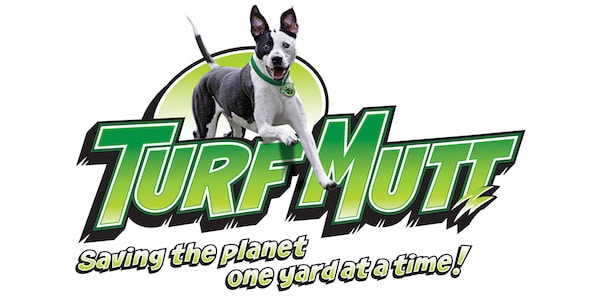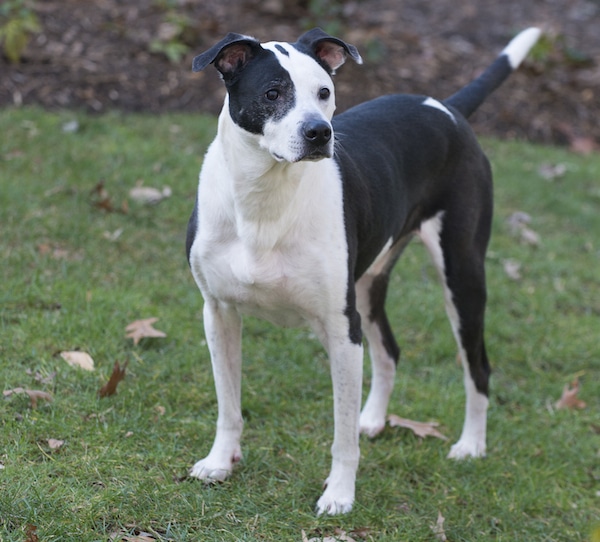Do you have a “pet-friendly” yard? Fall is a great time to review your lawn and landscaping, and to make plans for improvements. And who better to ask for advice about your yard than a dog? Lucky the TurfMutt is a rescue dog who is “pawing it forward” by teaching children about how to take care of green spaces.

But even Lucky needs a backyard break for relaxation. Here are Lucky’s fall tips for having a pet-friendly yard:
1. Think about what your dog needs
Many homeowners re-assess their yards in the fall to consider where things are planted and what features they want to enhance. Pets love living landscapes and love being in their yard. What does your dog need the most in a yard? A place to romp and exercise? A place to relax in the shade for an afternoon nap?
2. If you are reseeding your yard this fall, pick “dog-proof” ground coverings
Grass is one of the best ground coverings around because it can handle the wear and tear that comes with pets and children. Bermuda and buffalo grass are especially hardy, and they are drought-resistant, too. Grass also delivers great health benefits for you and your family by producing oxygen, sequestering carbon, capturing water runoff, and cleaning and filtering rain water.
3. Select appropriate plants
For areas near your garden paths, select plants that have soft foliage, but are still sturdy enough to withstand a little canine “ruff”-housing. If your dog is a “plant chewer,” be sure to check the ASPCA’s list of toxic and non-toxic garden plants for advice on what known toxic plants to avoid. Also, don’t forget to check a climate map so you can choose the right trees, shrubs, grasses, and flowering plants for your climate zone.

Lucky loves grass. (Photo courtesy Lucky the TurfMutt)
4. Use barriers to keep your dog out of flower or garden beds
Now is a great time to add barriers to beds that were a challenge for your dog to avoid over the spring and summer. A low fence, rocks, and other obstacles can encourage your dog to stay out.
5. Avoid plastic grass
Plastic grass, also known as artificial turf, gets too hot for humans and pets, especially in summer months. A 2002 Brigham Young University study revealed that synthetic-turf surface temperatures were 37 degrees higher than asphalt and 86 degrees hotter than natural turf [source]. A 2012 Penn State study found it wasn’t uncommon for temperatures on plastic grass to surpass 150 degrees and to go up to 200 degrees.
6. Recycle grass clippings
Lawns sequester the largest amount of carbon when they recycle the nitrogen contained in grass clippings. Grass clippings are 90 percent water, and the remaining 10 percent is biodegradable. So, take off your lawn mower’s mulching bag and leave your grass clippings on the ground while mowing. The clippings will break down and feed your grass naturally. This practice is known as grasscycling.
To learn more about Lucky went from living on the streets to his role as the TurfMutt, read our Dogster Heroes profile of him.
About the author: Lucky the TurfMutt is the mascot for the TurfMutt education program, sponsored by the Outdoor Power Equipment Institute’s Education and Research Foundation, which has reached more than 62 million kids, teachers, and families with its message of “saving the planet one yard at the time.” Created in partnership with Scholastic, the program educates children in grades K-5 about taking care of green spaces while learning science. Learn more at www.TurfMutt.com.
The post Lucky the TurfMutt Shares Tips for Creating a Pet-Friendly Yard appeared first on Dogster.
No comments:
Post a Comment